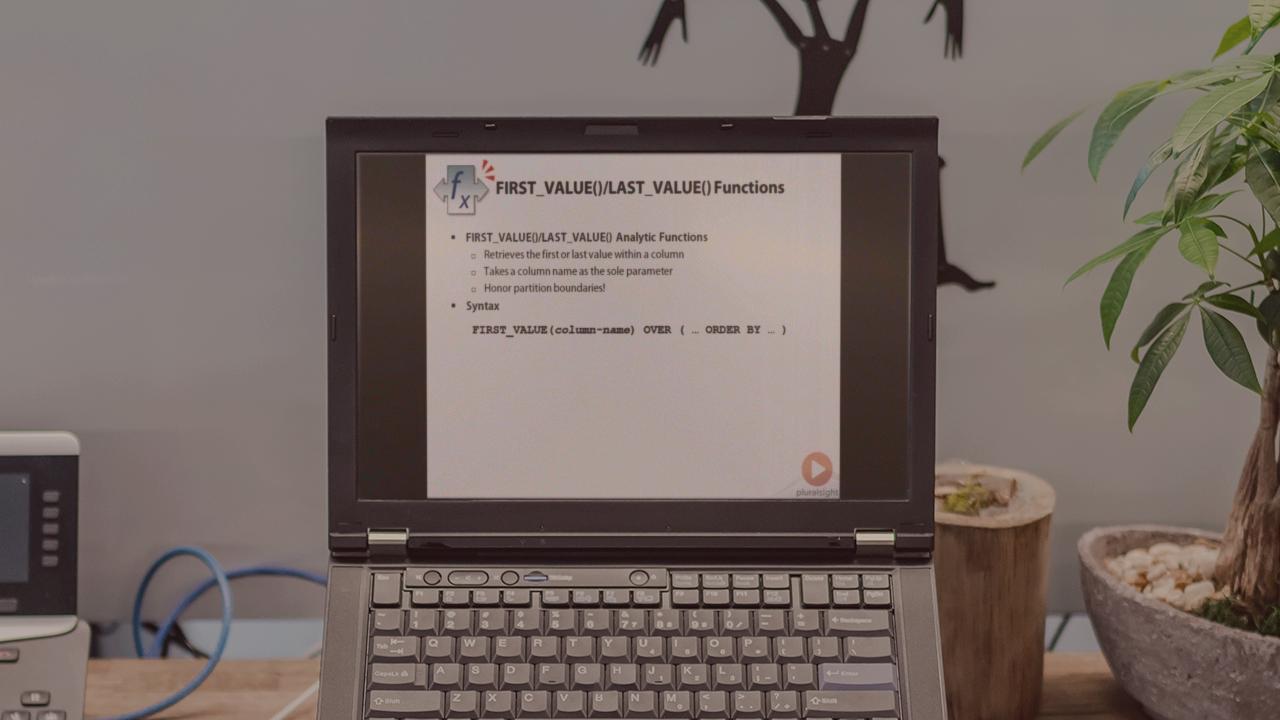Description
In this course, you will learn:-
- The basics of SQL commands, as well as their intricacies.
- Recognize that real-world SQL isn't usually a "Yes/No" situation. There's also a "might be." A method that works in case X may not be appropriate in scenario Y.
- For applications, create a code backend database.
- Consider the "SQL" language. More essential, consider the practical side of things.
- INSERT data into tables that you've created.
- SELECT data from tables and use the WHERE clause to FILTER it.
- To group results and calculate aggregates, use GROUP BY.
- To operate on data, use functions.
- GRANTs and SYNONYMS are used to control user access.
- Create INDEXes for performance and CONSTRAINTS on data for data integrity protection.
Syllabus:-
-
Introduction
-
What is data?
-
Why do we need a database and SQL?
-
Install Oracle
-
Install SQL developer
-
Connect to DB (Why do we need Hostname, Port, SID), Users, Schemas
-
Data Model for the videos
-
Create table statement
-
What are Data Types? (Why does Oracle expect us to provide it?)
-
Create Table, Alter table, Drop Table in action
-
Insert, commit and rollback (with a visual representation)
-
SELECT statement
-
SELECT with WHERE clause, AND condition, OR condition (Truth Tables)
-
ORDER BY clause
-
LIKE (with variants), NOT LIKE, IN, NOT IN
-
Relational operators, Arithmetic operators, Concatenation
-
NULL Values (Scenarios where you have to be careful)
-
Update statement, Delete vs Truncate
-
DUAL table (what's the need?), Rownum (why doesn't it work sometimes), Sysdate
-
Functions - Lower(), Upper(), length() - empty string?,substr(), INSTR(), trim()
-
Functions - nvl(), round(), floor(), to_date()/ to_char() -datatype, to_number()
-
min(), max(), sum(), avg(), count(), common mistake with count(*)
-
Group by on single/multiple columns, Having clause vs whereclause
-
Join 2 tables, Inner Join (old vs new), Left Join, Right Join, Full outer join
-
Joins across multiple tables









